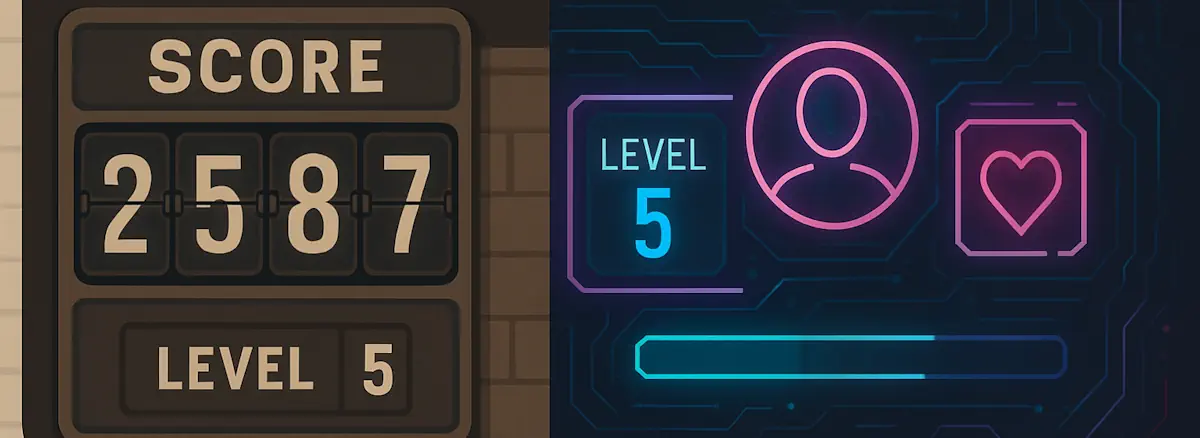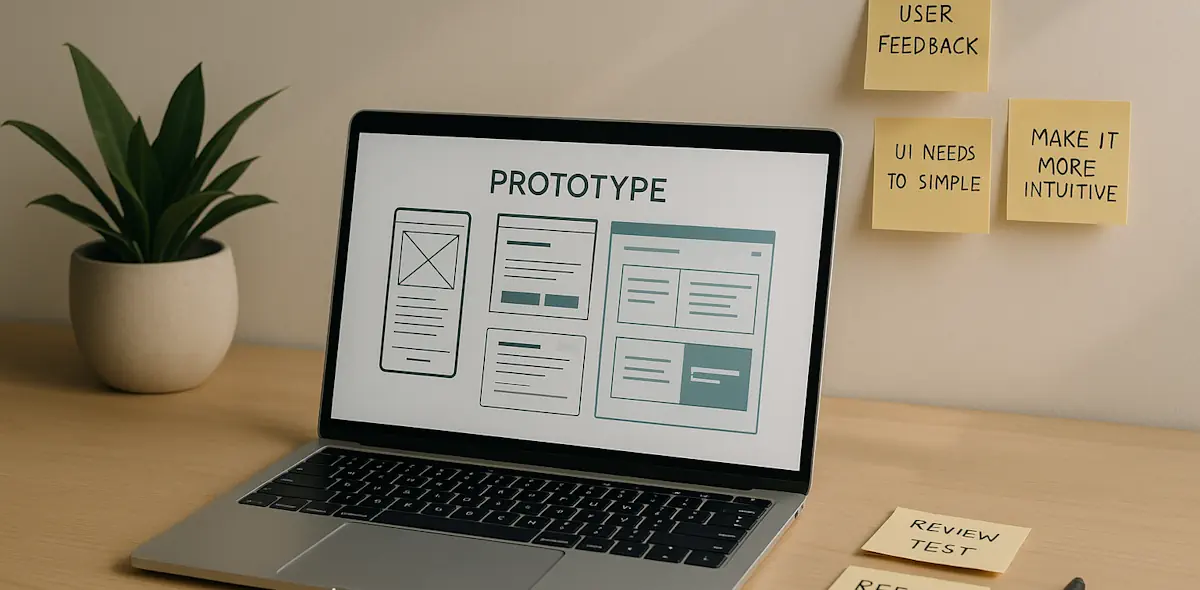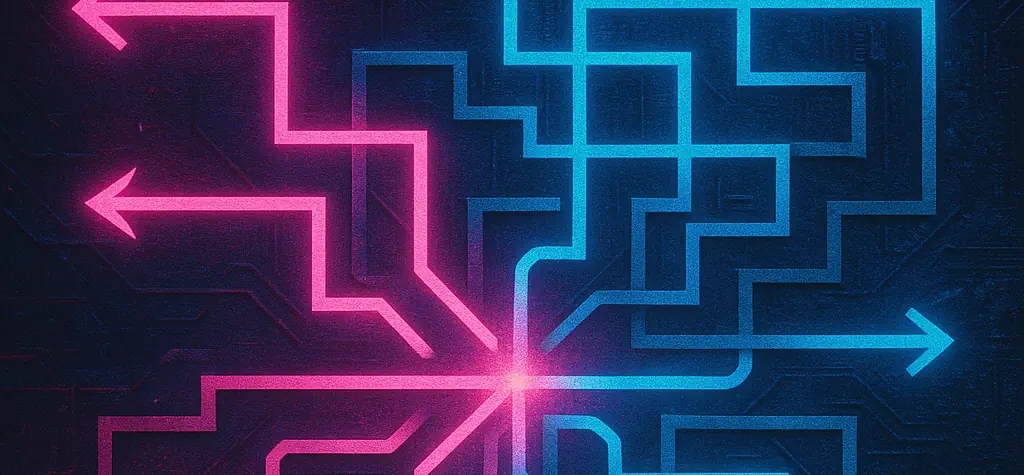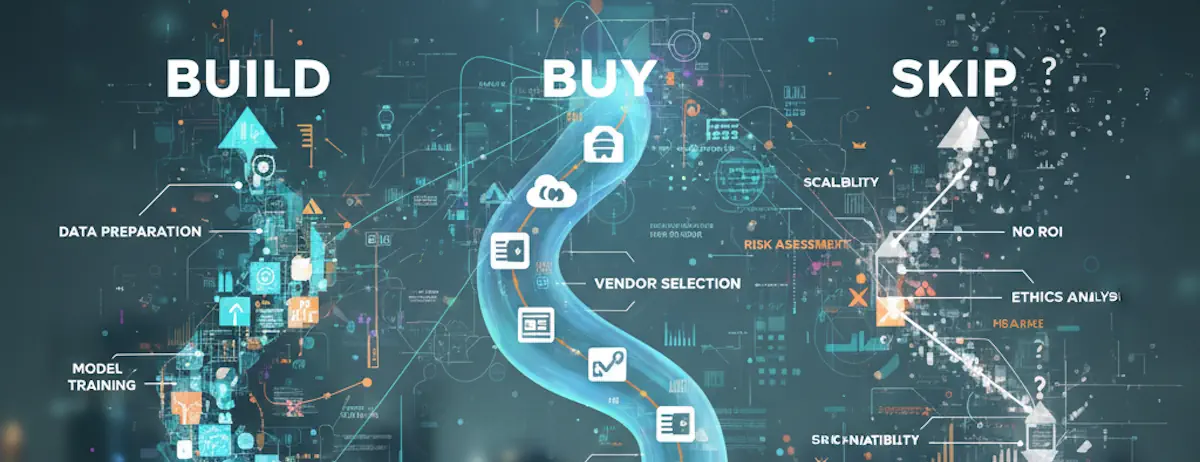Gamification Grew Up
The shift from leaderboards to intelligence-driven engagement

In 2015, nearly every product team I worked with was adding points, badges, and leaderboards to everything. Healthcare apps gamified pill reminders. Education platforms turned homework into quests. Even internal tools had achievement systems. The logic seemed sound—people love games, so adding game elements should make anything more engaging.
What we discovered, often painfully, was that slapping a leaderboard on a serious task doesn’t make it fun. It makes it feel manipulative. The scoreboard-driven gamification era created as much user fatigue as engagement.
Ten years later, gamification looks entirely different. Not because we abandoned it, but because AI fundamentally changed what’s possible. The shift wasn’t from bad gamification to good gamification. It was from visible game mechanics to invisible behavioral systems that actually understand what motivates each person.
From Foursquare to Failure Patterns
The gamification boom really kicked off around 2009-2010 when Foursquare launched with location-based check-ins, badges, and the coveted “mayor” status for frequent visitors. The mechanics seemed brilliant at first—10 million users in the first couple years, $50 million in funding at a $600 million valuation. People were genuinely going out of their way to earn badges and mayorships.
But Foursquare’s founders eventually admitted that their game mechanics “started to break down” as they scaled from 50,000 to 50 million users. Once the novelty wore off and the fun became yesterday’s news, the rewards didn’t suffice. Users needed additional value beyond the badges themselves.
This pattern repeated across the industry. A leaderboard creates motivation through social comparison, which works fantastically if you’re competitive, near the top, and care about the domain. It’s demotivating if you’re collaborative by nature, perpetually in the middle, or just trying to get your work done. Early gamification treated everyone like they shared the same motivational profile.
I watched this play out in an pilot training platform we built around 2016. We added a point system for completing safety modules, thinking competition would drive completion rates. What actually happened was that our most experienced users—ones we most needed to engage—largely ignored it. They didn’t need external validation for safety training. Meanwhile, newer team members fixated on points instead of comprehension, racing through modules to climb the leaderboard without absorbing critical information.
We’d optimized for the wrong metric. Points tracked activity, not learning. The system couldn’t distinguish between someone who internalized the material and someone who just clicked through quickly.
StackOverflow experienced a similar dynamic with their reputation system. When badges and reputation points launched, they seemed brilliant—quantifiable recognition for contributing knowledge. But the system became surprisingly easy to game. Users discovered they could inflate reputation by answering duplicate questions, providing quick but shallow answers, or editing posts primarily to accumulate points rather than genuinely improve content. Research on StackOverflow’s gamification found that users would increase activity specifically to earn badges, then activity would often decrease afterward. What started as “I want to contribute” shifted to “This feels like busy work to collect internet points.” The visible scoreboard created incentives that undermined the platform’s actual purpose.
Understanding What Actually Drives Behavior
While product teams were adding badges to everything, research in self-determination theory was showing that gamification’s effectiveness depends entirely on whether it supports three basic psychological needs—autonomy, competence, and relatedness.
Autonomy means feeling in control of your choices. Competence means feeling capable and effective. Relatedness means feeling connected to others. Studies published in 2024 found that badges and leaderboards could positively affect competence, while avatars and meaningful stories influenced social relatedness—but only when these elements aligned with users’ actual needs.
The problem with early gamification was that it assumed everyone was motivated by the same things. Points and public competition primarily serve extrinsic motivation—doing something for external rewards. But multiple research findings consistently showed that tangible rewards can actually undermine intrinsic motivation—the desire to do something because it’s inherently satisfying.
This is where the education sector’s experience became instructive. When gamification emphasized personal progress and collaborative goals rather than just competition, it supported learners’ intrinsic motivation. The mechanics mattered less than whether they matched how people were naturally motivated.
In retrospect, this seems obvious. But at the time, most teams (including mine) were focused on implementation tactics—which badge system to use, how many points for each action—rather than psychological design. We were optimizing the scoreboard while ignoring what actually drives sustained behavior change.
AI Changes the Fundamental Equation
The transformation didn’t happen overnight. Around 2020, AI capabilities reached a point where personalization became genuinely adaptive rather than just rule-based. Instead of “users who do X also like Y” recommendations, systems could analyze behavioral patterns in real-time and adjust entire experiences dynamically.
For gamification, this changed everything. AI-driven systems could now analyze user data to create personalized experiences, adjusting challenge difficulty, reward types, and engagement patterns based on individual behavior. The system didn’t just track what you did—it understood why certain mechanics worked for you and adjusted accordingly.
The Evolution of Gamification Sophistication
Source: Analysis of gamification evolution 2009-2025
Here’s what that looks like in practice. A language learning app like Duolingo doesn’t just give you the same lessons as everyone else. The system analyzes your skill level, interests, and progress, then tailors lessons dynamically—adjusting difficulty and incorporating personalized elements like points, levels, and streaks. If you’re motivated by progress tracking, you see more of that. If you respond better to social connection, the system emphasizes community features.
The critical shift is that AI can predict what users might do in the future and adjust engagement strategies proactively. Instead of waiting for someone to disengage and then trying to win them back, the system detects early signals and adjusts the experience before churn happens.
This is radically different from 2015’s approach. Back then, if a user stopped engaging with leaderboards, there wasn’t much you could do—that was your only engagement mechanic. Now, the system can recognize that this user isn’t competitive, shift to progress-based motivation, and potentially re-engage them with completely different mechanics they never saw before.
The Economics of Invisible Engagement
The most successful gamification in 2025 is the kind you don’t consciously notice. Nearly half of employees in workplaces using gamification don’t consciously recognize the game elements. That’s not a failure—it’s the goal.
When gamification works well, it feels like the product naturally understands and responds to you. You’re not “playing a game.” You’re using a system that happens to keep you appropriately challenged, regularly rewarded in ways that matter to you, and consistently engaged without friction.
The business case for this sophistication is compelling. Organizations with gamified loyalty programs see a 22% increase in customer retention. Research on retention economics shows that a 5% increase in customer retention can boost profitability by 75%.
However, it doesn’t always hit the mark. Case studies from gamification implementations show wildly different returns depending on sophistication level. Simple point systems might cost $20,000 to implement but only generate marginal engagement lifts. Sophisticated AI-driven systems require significantly more investment—often $100,000-$500,000 for enterprise implementations—but deliver measurably better outcomes.
Investment vs. Impact: The Sophistication Gap
Investment ranges based on enterprise gamification platform implementations. Sources: Yu-kai Chou ROI data, BeeLiked gamification ROI research
The return calculation gets interesting when you factor in lifetime value. If your average customer is worth $1,000 annually and you reduce churn from 20% to 15% through gamification, you save $50 per thousand customers annually. For a business with 100,000 customers, that’s $5 million in retained revenue. Suddenly that $250,000 investment in an AI-driven system pays back in under two months.
In the fintech space, I’ve seen this shift firsthand. Early loyalty programs were transactional—spend money, earn points, redeem rewards. Everyone got the same deal. Modern systems analyze spending patterns, life events, and engagement signals to deliver personalized challenges and rewards that actually align with how you use the product.
A customer who primarily uses your service for business expenses might get challenges around expense categorization and receipt tracking. A customer focused on personal finance gets goals around savings and investment. Same platform, completely different gamified experiences—both invisible, both effective.
Building Retention Through Adaptive Experiences
Here’s what actually works for customer retention in 2025, based on both research and implementation experience.
Start With Behavioral Data, Not Game Mechanics. The mistake most teams make is deciding which gamification elements to add before understanding user motivation patterns. AI-driven personalization requires analyzing user activity patterns, preferences, and performance to create truly adaptive experiences.
Start by identifying what actions correlate with long-term retention, which users engage most deeply and why, where drop-off patterns emerge, and what re-engages users who’ve gone dormant. Then build mechanics that reinforce positive patterns rather than forcing arbitrary achievements. In a startup I advised, we discovered that users who created their first custom report within the first week had 3x higher retention after six months. The solution wasn’t to gamify report creation—it was to use adaptive challenges that guided new users toward that capability based on their usage patterns.
Personalize the Reward Structure, Not Just the Content. Machine learning models can determine which rewards are most motivating for individual users. Some people respond to status markers. Others want functional benefits. Still others primarily seek social connection.
The system should learn this by observing behavior, not by asking. If a user ignores achievement badges but immediately uses early access features, the reward structure should shift. This requires collecting the right behavioral signals and having the technical infrastructure to adjust experiences dynamically.
Design for Intrinsic Motivation, Support With Extrinsic Rewards. Research is clear that gamification promoting autonomy, competence, and relatedness stimulates sustainable motivation and positive outcomes. External rewards work for initial engagement, but they’re not enough for retention.
This means your core product experience must deliver genuine value. Gamification amplifies that value by making progress visible, maintaining appropriate challenge levels, and creating moments of accomplishment. But if the underlying value isn’t there, no amount of points and badges will keep people engaged long-term. I’ve seen teams try to gamify their way out of product-market fit problems. It doesn’t work. Gamification makes good products more engaging; it doesn’t make mediocre products valuable.
Implement Adaptive Difficulty Scaling. One of the trickiest aspects of gamification is maintaining optimal challenge levels—too easy creates boredom, too hard causes frustration. AI solves this by continuously adjusting difficulty based on performance patterns.
This isn’t just about making things harder or easier. It’s about finding each user’s “flow zone” where challenges feel meaningful but achievable. Systems can keep users in their flow zone by adjusting challenge difficulty based on accuracy, motivation, and engagement patterns.
Build in Churn Prediction and Intervention. AI techniques can identify participants at risk of abandonment and predict potential churn. This creates opportunities for proactive intervention rather than reactive win-back campaigns.
The most effective approach is to identify early warning signals—decreased frequency, shorter sessions, abandoning key features—and trigger personalized re-engagement mechanics before the user fully disengages. The intervention should feel helpful, not desperate. Users shouldn’t recognize “I’m being re-engaged”—they should experience “Oh, this is exactly what I needed right now.”
The Implementation Reality
Building AI-driven personalized gamification isn’t trivial. It requires technical infrastructure for real-time behavioral tracking, machine learning pipelines, and dynamic content delivery systems. If you’re running on legacy infrastructure, you’ll need to invest in modernization (or wholly new systems) first.
You can’t personalize without data. This means instrumenting your product to capture the right behavioral signals while respecting privacy. The line between helpful personalization and creepy surveillance is real.
You won’t get personalization right on the first try. You need the ability to test variations, measure outcomes, and iterate quickly. This requires both technical systems and organizational commitment to learning.
Effective gamification sits at the intersection of product design, behavioral psychology, data science, and engineering. If these teams aren’t collaborating closely, you’ll build sophisticated systems that miss the mark on actual user needs.
In my experience, most teams underestimate the data infrastructure requirements. They want Netflix-level personalization with rudimentary analytics. It doesn’t work. You need clean behavioral data, reliable ML pipelines, and the engineering capacity to act on insights in near real-time.
What to Try First
If you’re a senior product leader looking to implement AI-powered gamification for retention, here’s where I’d suggest you start.
Identify One High-Value Behavior. Don’t try to gamify your entire product. Identify the single behavior that most strongly predicts long-term retention. Build adaptive challenges around driving that behavior. Measure impact. Learn. Then expand.
Instrument for Behavioral Understanding. Before building any gamification mechanics, ensure you can track and analyze user behavior at a granular level. You need to see patterns of engagement, understand what drives repeat usage, and identify early churn signals. The data infrastructure comes before the gamification layer.
Test Personalization at Small Scale. Build a simple A/B test where one segment gets personalized challenges based on their usage patterns, while another gets static gamification. Measure not just engagement but downstream retention. This proves the concept before significant investment.
Question Your Assumptions About Motivation. Don’t assume users are motivated the way you are. Commission user research specifically focused on motivational drivers. Why do people actually use your product? What would make them use it more? The answers often surprise product teams.
Build the Analytics Before the Features. You can’t optimize what you can’t measure. Ensure you have clear metrics for engagement quality (not just quantity), true retention curves, and the ability to segment by behavioral patterns. These analytics inform which gamification mechanics to build and how to adapt them.
The Uncomfortable Balance
Here’s what I’m still figuring out. There’s a tension between personalization effectiveness and user autonomy. The more the system learns about you and adapts to your behavior, the more it shapes your experience in ways you can’t fully see or control.
Early gamification was crude but transparent—you could see the points, understand the rules, and choose how to engage. Modern AI-driven gamification is sophisticated but opaque. You experience personalized challenges and rewards without necessarily understanding why you’re seeing them.
This creates a responsibility for product leaders. We can build systems that are remarkably effective at driving behavior. But effectiveness alone isn’t enough. We need to ask whether we’re using these capabilities to genuinely serve users’ goals or primarily to serve our business metrics.
The best implementations I’ve seen maintain this balance by ensuring the underlying product delivers real value and the gamification amplifies that value in ways that align with user goals. When you start using sophisticated behavioral science primarily to keep people engaged with something that isn’t serving them well, you’ve crossed a line.
Studies show that gamification can increase customer engagement by 48%. That’s powerful. It’s also a tool that requires thoughtful application.
Where does your product’s gamification currently sit—visible scoreboards that everyone ignores, or adaptive systems that actually understand what motivates each person? If it’s the former, the shift to AI-driven personalization might be your retention unlock. If you’re still adding leaderboards as an afterthought, you’re optimizing for 2015’s playbook in 2025’s landscape.
The game changed. Time to update your strategy.








